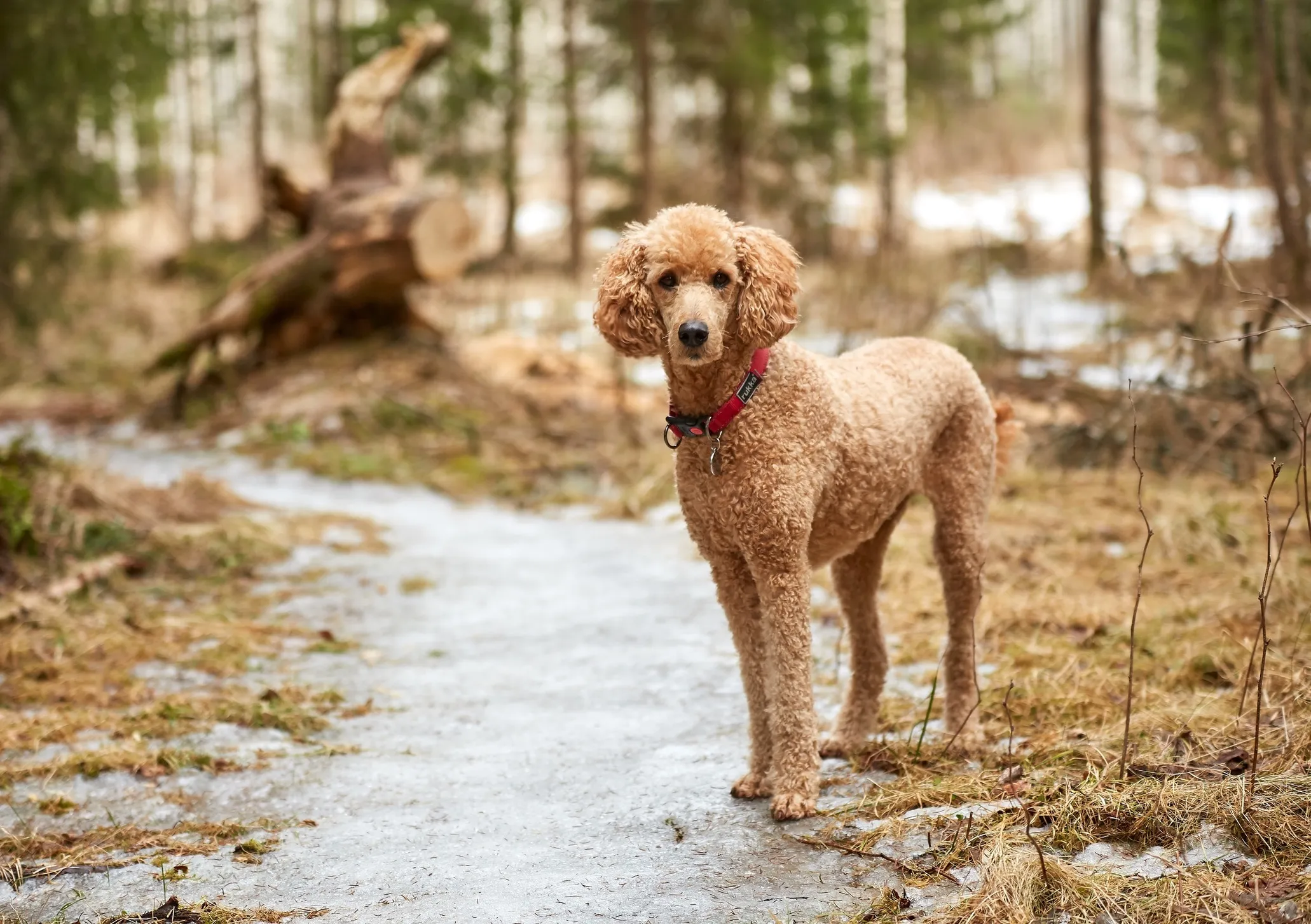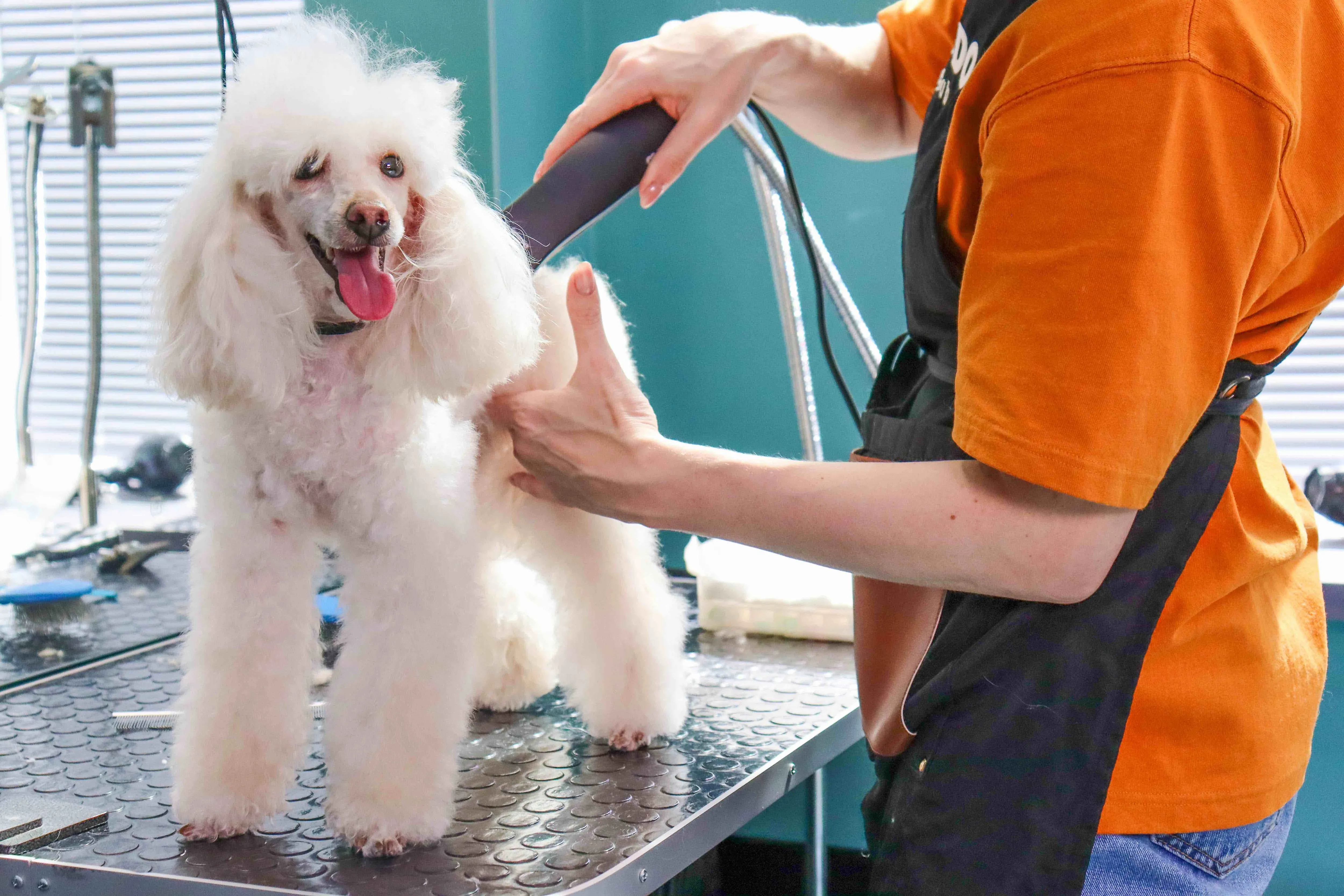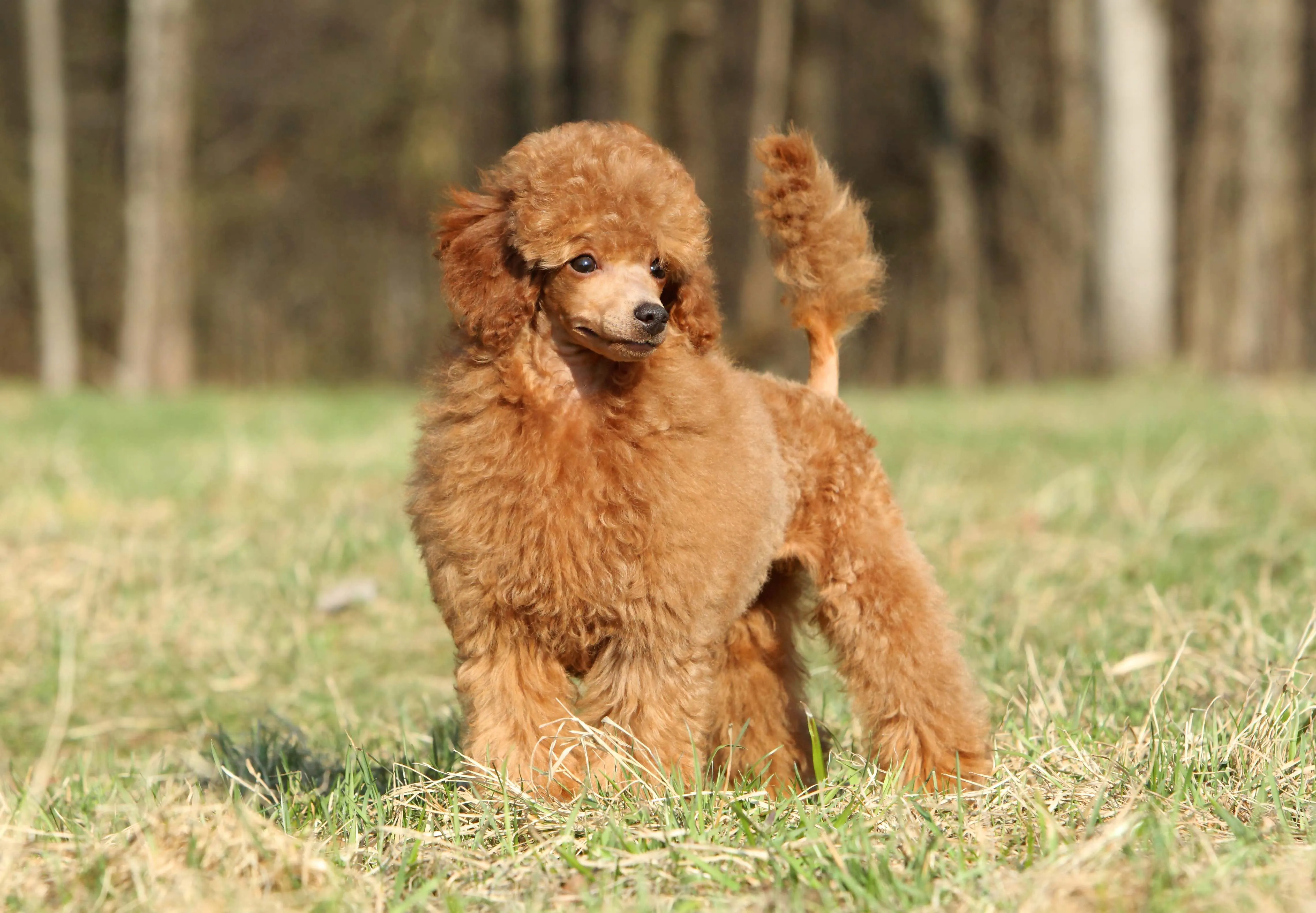Known for their remarkable intelligence, elegant appearance, and a coat often described as “hypoallergenic,” Poodles are consistently ranked among the most beloved dog breeds worldwide. However, the world of Poodles is more diverse than many realize. These captivating canines come in three distinct sizes: Standard, Miniature, and Toy. While all Poodles share a common heritage as hunting dogs from Germany, and are now famously recognized as the national dog of France, their size variations lead to different care requirements and suitability for various lifestyles.
If you’re considering welcoming one of these distinguished dogs into your home, understanding the unique characteristics of each size is crucial. This comprehensive guide will delve into the specific traits, care needs, and health considerations for each Poodle type, from the smallest toy poodle dog to the magnificent Large Poodle, also known as the Standard Poodle. We’ll compare the different variations to help you determine which Poodle is the perfect companion for you and your family.
Standard Poodles: The Original Large Poodle
The Standard Poodle stands as the largest and original Poodle type, embodying the breed’s historical roots as water retrievers. These intelligent and energetic dogs were initially bred for hunting and retrieving game from water, showcasing their strength and keen instincts. Today, the Standard Poodle continues to be an excellent family pet, cherished for its friendly temperament, outgoing personality, and remarkable trainability. They excel in various dog sports, including obedience, agility, and tracking, making them versatile companions for active households.
 A majestic beige Standard Poodle stands alert in a forest setting
A majestic beige Standard Poodle stands alert in a forest setting
Standing at least 15 inches tall and typically weighing between 40 to 70 pounds, the Standard Poodle requires significant commitment to grooming due to its distinctive curly coat, which can easily become matted if not regularly maintained. When considering a large Poodle for your family, it’s also important to be aware of certain health predispositions, such as hip dysplasia, progressive retinal atrophy (PRA), and bloat. Providing a balanced diet, proper exercise, and regular veterinary check-ups are essential for their well-being. Ensuring your large Poodle has appropriate feeding equipment, such as an elevated dog feeder for large dogs, can contribute to comfortable and healthy mealtimes.
Miniature Poodles: The Ideal Apartment Companion
Miniature Poodles share many of the beloved characteristics of their larger counterparts, including high intelligence, ease of trainability, and an exceptionally friendly nature. Their more manageable size, combined with a gentle and adaptable temperament, makes Miniature Poodles an excellent fit for families and those living in apartments or smaller homes. These dogs thrive on companionship and enjoy being an integral part of their human families, adapting well to various living situations.
 A meticulously groomed white Miniature Poodle sits patiently at a professional grooming salon
A meticulously groomed white Miniature Poodle sits patiently at a professional grooming salon
Bred down from the Standard Poodle, Miniature Poodles typically measure between 10 to 15 inches tall and weigh 10 to 15 pounds. Their curly coats come in a wide array of colors and require consistent professional grooming, similar to Standard Poodles, to prevent matting and maintain their distinguished appearance. Prospective owners should be aware of health issues more prevalent in Miniature Poodles, including hip dysplasia, patellar luxation, and specific eye conditions like cataracts and PRA. When seeking a Miniature Poodle, it’s crucial to choose a reputable breeder who conducts comprehensive health screenings on their breeding dogs to minimize the risk of these genetic conditions, whether you’re looking for red mini poodle puppies for sale or an adult companion.
Toy Poodles: The Smallest Poodle Type
The Toy Poodle is the most diminutive of the Poodle family, generally weighing a mere 4 to 6 pounds and standing no more than 10 inches tall. These miniature companions were selectively bred from Standard and Miniature Poodles in the 20th century, specifically to fulfill the role of a beloved lap dog and companion. Despite their tiny stature, Toy Poodles retain the remarkable intelligence and trainability that defines the breed, making them excellent, albeit petite, companions for individuals and families alike.
 A vibrant red Toy Poodle with a playful expression stands in lush green grass
A vibrant red Toy Poodle with a playful expression stands in lush green grass
Like all Poodle varieties, Toy Poodles boast a signature curly coat that necessitates regular grooming to keep it healthy and free from mats. Their small size makes them particularly well-suited for urban living and for owners who prefer a less demanding exercise routine. However, potential health concerns in Toy Poodles include patellar luxation, various dental problems due to their small mouths, and eye diseases such as progressive retinal atrophy (PRA) and cataracts. Regardless of whether you’re interested in a brown toy poodle or another color, ensuring they receive proper veterinary care and a suitable diet is key to their longevity and happiness.
What About Teacup Poodles?
The term “Teacup Poodle” refers to extremely small Poodles, often marketed as being even tinier than Toy Poodles. It’s crucial for potential owners to understand that no major kennel clubs officially recognize the “teacup” size for Poodles or any other breed. This lack of recognition stems from significant concerns regarding the health and welfare of these exceptionally small dogs.
Teacup breeding practices often prioritize achieving the smallest possible size above all else, frequently at the expense of a dog’s health. This can lead to a range of severe health issues, including extremely fragile bones prone to fractures, severe dental problems, hypoglycemia, and even organ failure. Reputable Poodle breeders staunchly avoid breeding “teacup” Poodles due to these ethical and health concerns. It is highly advisable to exercise extreme caution when encountering breeders who advertise “teacup Poodles” and always inquire thoroughly about their breeding practices and health testing protocols for their breeding dogs.
Comparing Poodle Sizes: Standard, Miniature, and Toy
While Standard, Miniature, and Toy Poodles share many inherent qualities such as their renowned intelligence and distinctive curly coats, there are indeed significant differences that prospective owners should consider. Understanding these distinctions is key to selecting the Poodle type that best integrates with your lifestyle and expectations for a canine companion.
Here’s a comparison of the top considerations between the Poodle sizes:
| Type of Poodle | Standard | Miniature | Toy |
|---|---|---|---|
| Height | 15+ inches | 10–15 inches | Less than 10 inches |
| Weight | 40–70 pounds | 10–15 pounds | 4–6 pounds |
| Health Conditions | Hip dysplasia, bloat, PRA | Hip dysplasia, patellar luxation, cataracts, PRA | Patellar luxation, dental disease, cataracts, PRA |
| Activity Level | Requires 1-2 hours of daily exercise (swimming, walking, hiking, running) | Requires 30–60 minutes of daily exercise (swimming, walking, short runs, playing fetch, obstacle courses) | Requires 30–45 minutes of daily exercise (swimming, walking, playing fetch) |
| Barking Level | Infrequent | Frequent | Frequent |
| Lifespan | 12–15 years | 13–15 years | 12–18 years |
This table highlights how factors like size, weight, and activity level vary considerably, impacting daily care and suitability for different environments. While all Poodles are intelligent and trainable, their energy levels and potential health concerns differ by size, making this comparison vital for informed decision-making.
Choosing the Right Poodle for You
When it comes to choosing among the different types of Poodles, your lifestyle and what you seek in a furry companion are the most important considerations. Before bringing a Poodle puppy home, ask yourself a few critical questions to ensure a harmonious match. Consider how much time you are truly willing to dedicate to daily exercise, what kinds of activities you envision sharing with your dog, and if your budget can accommodate the extensive grooming needs that all Poodle coats demand.
Furthermore, factor in your monthly budget for food – a large Poodle will naturally consume significantly more than a Toy Poodle, impacting costs and requiring specific equipment like a large dog food bowl stand. Also, evaluate your living situation: is it better suited for a highly active large dog that needs space to roam, or a moderately active smaller pup that thrives in more compact environments? Regardless of size, all Poodles benefit immensely from early socialization, a consistent diet of nutritious dog food, and positive reinforcement training methods. The journey to finding your ideal Poodle companion begins with thorough research and partnering with a reputable breeder who can guide you in selecting the perfect dog for your family.
